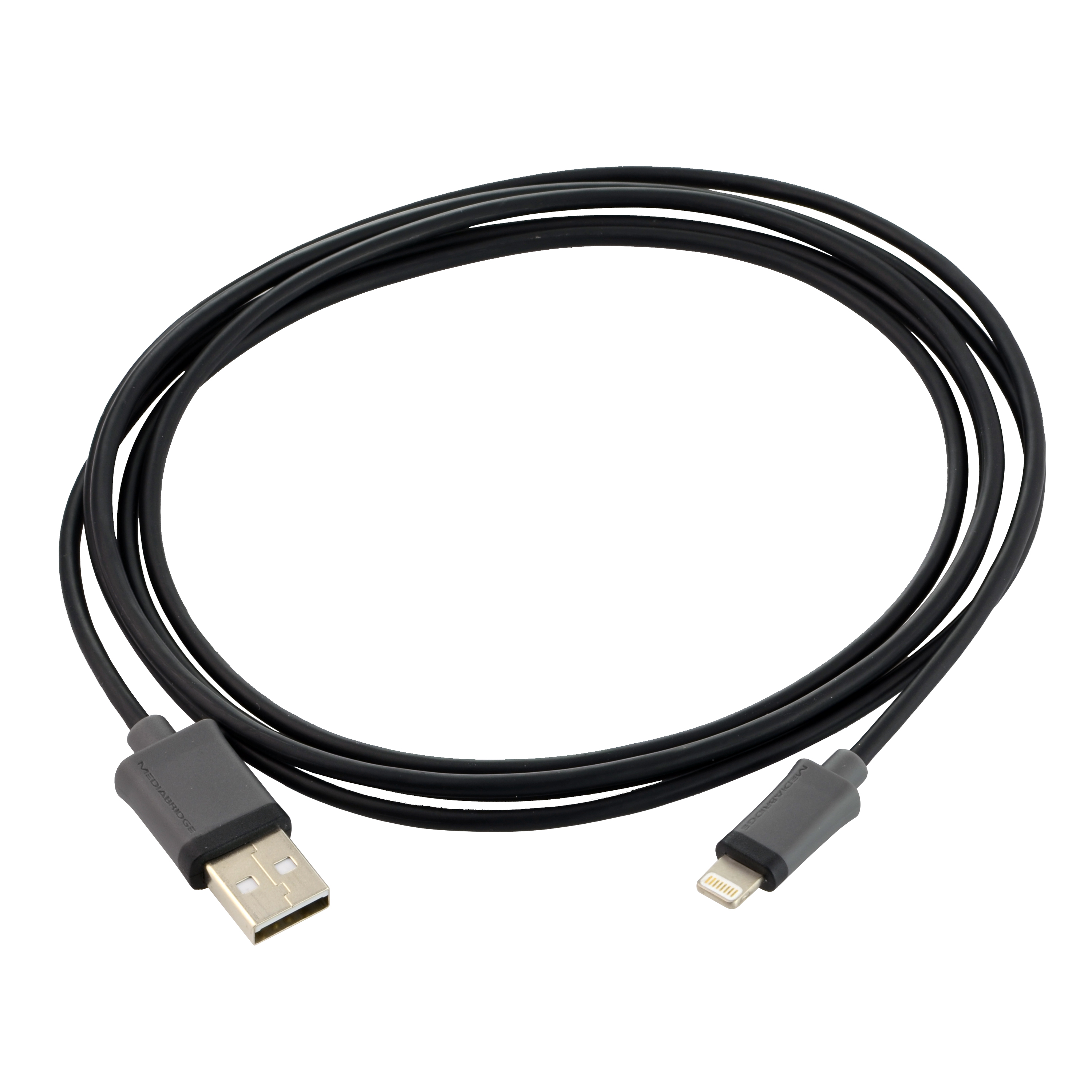
With just USB, it would in theory be possible with USB-C for either end to act as either role (USB host vs USB peripheral), but as far as I know, laptops typically do not support this – only smartphones tend to be dual-role, while computers are always hosts. Unfortunately, it seems that your laptop's USB-C port only supports USB (3.2 Gen 1x1) but not Thunderbolt. If it is supported, the connection would show up as a new LAN interface through which you could use SMB or other network file transfer software.
Mac to pc usb cable windows 10#
This is available in macOS, Linux, and apparently supported in Windows 10 as well. Modern Ethernet adapters do not evenĬan I use an ordinary USB-C USB-C cable, like the one in Pic 1, to transfer files from this HP computer to another one that also has an USB-C port?Īs far as I know: only if both ports are Thunderbolt or USB4 ports, and if the operating system on both ends supports "IP over Thunderbolt" (or really Ethernet over Thunderbolt). You may also connect the two computers directly via an EthernetĬable to create a local network. Without Thunderbolt 3, the best bet is to do the transfer via a common Thunderbolt 3 sockets, taking advantage of the Thunderbolt 3 built-in Without requiring a switch, as long as the intermediate PCs each have two You can even use thisĬapability to daisy chain together multiple PCs into a high speed LAN Rather than requiring adapters or special software. Thunderbolt 3 has this networking capability built in, Then connecting them together with a USB-C cable results in a 10Gbps network USB-C can also be used for Thunderbolt 3, and if both computers have this
Mac to pc usb cable software#
Hosts, you will also need a specialized software for the Unless the transfer cable can emulate a network adapter for both This is why for generic USB-C you still need a PC-to-PC data transferĬable, that acts for both computers as a device so both computersĬan act as hosts, which Windows does well.
Mac to pc usb cable install#
Most computers don’t usually have software (or hardware)Īllowing them to act as devices, although it is possible to install Physically possible, still ends up with one end being required to

However, connecting two USB-C desktops together with a USB-C cable, although The two ends to negotiate to work out which acts as computer and which as USB-C gets rid of the physical USB-A/B distinction and instead allows Also, there is no answer regarding the USB-C ↔ USB data transfer.


It is not clear from the above excerpt whether an USB-C ↔ USB-C connection between two computer, with an ordinary cable (not a data transfer cable), is possible. All it takes is one computer to have the right software to support a network device on a USB-C port, and the other to have the right software to emulate a network device on a USB-C port. So, if you have two computers with USB-C ports, and a USB-C cable, then the chances are that all the hardware is there to make a 20 Gbps connection between the two. There is a similar question ( Is it possible to connect two PCs via USB C?) but the answers there are a bit speculative. I do not really understand why as long as ordinary cables like: USB ↔ Micro-USB, USB ↔ USB-C, USB-C ↔ USB-C can be used for transferring files between a mobile phone and a PC. Various sites say that using an ordinary USB ↔ USB cable for PC to PC data transfer is not a solution. PC to PC data transfer cable (which I do not have). Remark: I know that, with some software, files can be transferred from one PC to another using a special USB ↔ USB cable like this one: I have a Win 10 64-bit HP laptop (model: 15-dw0088ca) which has 1 USB-C port and two USB ports.Ĭan I use an ordinary USB-C ↔ USB-C cable, like the one in Pic 1, to transfer files from this HP computer to another one that also has an USB-C port?Ĭan I use an ordinary USB-C ↔ USB cable, like the one in Pic 2, to transfer files from this HP computer to another one that only has USB ports (no USB-C port)?


 0 kommentar(er)
0 kommentar(er)
